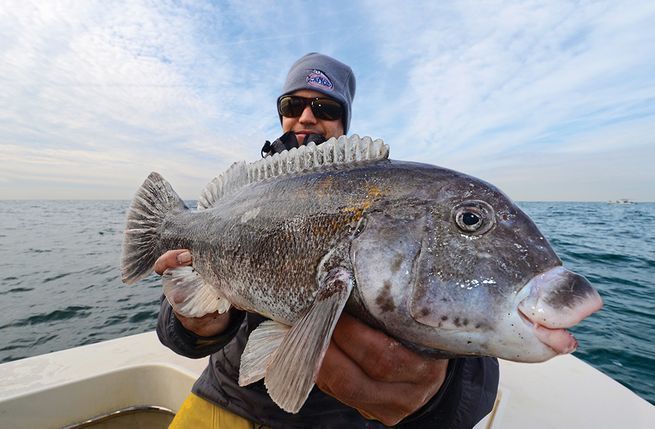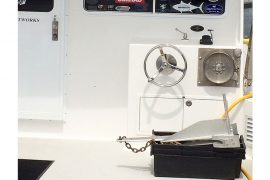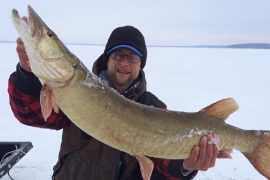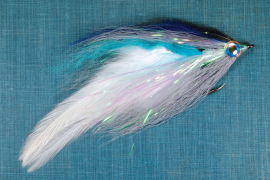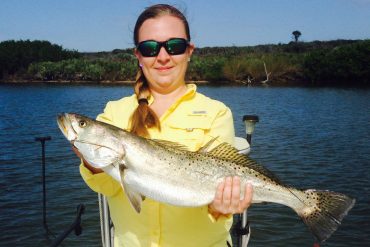
ig fish lurk beneath coastal bridges, no matter the region. An angler casting a swimbait under a busy New York highway bridge; another dangling a chunk of crab in the pilings of the Chesapeake Bay Bridge Tunnel 400 miles south; a troller pulling plugs down a low-slung span in Miami; a guy on a skiff working a topwater along the gleam of streetlights on a Gulf Coast bridge: They all know the bounties that lie hidden at nearby bridges.
Metro Bass
Crazy Alberto Knie, who got his nickname by fishing the gnarliest locations in the worst conditions, believes the end justifies the means, especially when it comes to catching the biggest striped bass. To find monster stripers, he waits until nighttime and anchors under a bridge. He says the light falling from the street creates a shadow on the water, and that’s where the fish hide.
“I see torpedoes cruising up and down the shadow line,” he says.

During winter, Knie waits until the flood tide brings bait to the bridge pilings. In the spring, the outgoing tide, which carries warmer water out to sea, is often better. “Striper action can be slow during negative feeding times, when fish are inactive and not feeding. But around a bridge, it’s almost never negative feeding time,” Knie says. “The fish are there to eat.”
Knie loves the chaos of bridge fishing. When the current drops out and the fish go on the feed, he expects to hook multiple big stripers. “Sometimes we have to release the anchor line and chase a fish through the bridge, but tackle needs to be stout to control fish around the pilings,” says Knie, who uses a variety of swimmers, darters, soft plastics and bucktails for bridge stripers. He insists that using large lures and heavy tackle allows him to catch bigger fish.
Chesapeake Bay Bridge Tunnel
Seventeen miles long with twin spans, a 90-foot arch, 5,000 pilings and two rock islands, the Chesapeake Bay Bridge Tunnel (CBBT) is one of the seven engineering wonders of the world, offering a lifetime of fishing.
The pilings and rocks of the CBBT hold a variety, from striped bass to redfish to flounder, but it’s tautog and sheepshead that get the most attention. Tog are active from fall through winter to early spring. Sheepshead take over in summer. These fish live deep in the structure, where they feed on crustaceans, so the first challenge is reaching the fish. It’s illegal to tie to the bridge pilings, so anglers use a wreck anchor made out of rebar to grapple the rocks and pilings.
Current is the key, and the best bite occurs during the turn of the tide. When the current is ripping, tuck into the eddies behind the rock islands. Once secured over the rocks or in the pilings, drop a live fiddler crab or chunk of blue crab into the concrete and granite.
The bite of a tog or sheepshead can be very light. To feel the nibble, pinch the liçne lightly, stay focused, and never take your eyes off the rod tip. Timing is essential because tog are quick to spit the hook. Lift the rod tip to the sky, crank down fast, and don’t stop until the fish is coming off the bottom.

